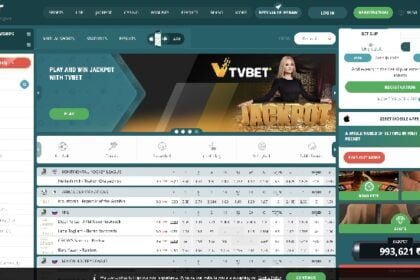Our world depends on technology now, and for technology softwares is a crucial part. As technology is evolving day by day. The programming world is also evolving correspondingly. And concurrency emerged as a solution to enhance the performance, efficiency and productivity of softwares. But concurrency could be challenging because of its complex structure and requirements of resources. We’ll briefly discuss taming the virtual threads: embracing concurrency with pitfall avoidance. To make understand clearly about its benefits and steps to avoid pitfalls during the process.
Understanding of Threads
In the programming realm, threads are the powerful methods to execute the multiple tasks simultaneously within the program. Ensures smooth operations which helps to achieve the goal of developed software. There are two categories of the threads: traditional and virtual threads.
- Virtual threads: Virtual threads are lightweight units. That’s why they gained a lot of popularity over time. Virtual threads operated by runtime instead of operating system which makes it different from traditional threads. They are considered for managing the entire process efficiently. Virtual threads enhance productivity by handling the whole process of resource allocation.
- Traditional Threads: Traditional threads are not effective and efficient as virtual threads. They allow parallel tasks to be executed. They are heavyweight units and handled by the operating system. This process is lengthy and challenging to implement.
Fundamental of Virtual Threads
Traditional threads operate in one to one mapping with the operating system and each thread uses a large amount of system resources. Which leads to inefficiencies, especially in applications which require a large number of concurrent tasks. taming the virtual threads: embracing concurrency with pitfall avoidance resolves this issue by introducing a model where virtual threads are managed by JVM. This allows more efficient use of system resources and enables the creation of more concurrent tasks with less overhead.
Benefits of Virtual Threads
There can be lots of advantages to implementing virtual threads in a program. We are mentioning some of the best benefits of virtual threads.
- Improve business performance: Following the concurrency technique can help to improve the overall efficiency of the business. Minimize the pitfall conditions and execute the operations smoothly. So, business can run smoothly with high productivity.
- Quick results: Virtual threads work on multiple threads and give outcomes faster. It follows a cycle of multiple tasks at one time. Divides tasks into potions and then collects the memory from the source to execute the desired outcome.
- Avoid pitfall: Virtual threads sufficient enough to manage pitfall conditions like deadlock and memory leakage. Allows the work cycle to operate smoothly without any lack. Managing this is necessary otherwise it can affect results and overall productivity.
- Utilization of hardware: Doing multiple tasks at the same time improves overall efficiency of hardware. It optimizes the resources and smoothen the outcomes of overall production.
What is Taming the Virtual Threads: embracing concurrency with pitfall avoidance?
In the era of digitalization, taming the virtual threads: embracing concurrency with pitfall avoidance has become a significant factor for maximizing the performance and efficiency in software development. Implementation of virtual threads is key to get most of our parallel and multitasking. As they play a crucial role in software development, we have to understand its nature. Execution of multiple tasks with virtual threads is a complex process which requires attention and management. Sometimes, errors can impact the whole system.
Steps to avoid pitfalls during concurrency
To successfully Taming the Virtual Threads: embracing concurrency with pitfall avoidance and for avoiding the common pitfalls, developers can follow some steps, we are mentioning them below:
- Synchronization: At the beginning of concurrency we can manage the undefined outcomes. Proper coordination will ensure that threads work in their particular cycle.
- Deadlock maintenance: Deadlock situations can be easily managed by the working pattern of virtual threads. To manage this pitfall we need understanding of the release time of each thread in multiple tasks.
- Leakage management: To avoid this issue in the future we need to practice memory management. This can help to allocate the memory for each thread in the concurrency. Some tools in the market can help you to manage this problem such as- Valgrind, Leaksanitizer and Heaptrack.
Practical examples of Taming the Virtual Threads: embracing concurrency with pitfall avoidance
There are some practical examples of virtual threads taming that we are all familiar with. These are some of the most popular of them.
- Google chrome: Chrome browser is the best example which shows the utilization of multiple threading to improve the user experience. Additionally, it utilizes asynchronous programing and allows multitasking.
- Netflix: Popular as the most promising streaming platform in delivering high quality content. They have implemented concurrency to deliver their high quality videos to their millions of users around the world.
- Gaming Industry: Concurrency is really useful in the gaming realm. Games like unreal engine and unity utilizes concurrency to deliver flawless gaming experience to their users.
Conclusion
After this brief discussion of taming the virtual threads: embracing concurrency with pitfall avoidance, we can conclude that concurrency is the need of evolving technology. It enhances the performance and overall productivity by managing multiple tasks at the same time. Allows to utilize the hardware properly to increase the performance. Concurrency with virtual threads could unleash new ways in the world of technology.
Also Read About: Gkgsinhindi com – Latest General Knowledge, Current Affairs & Exam






